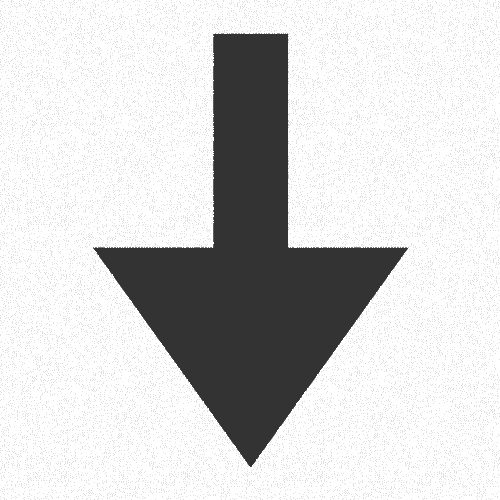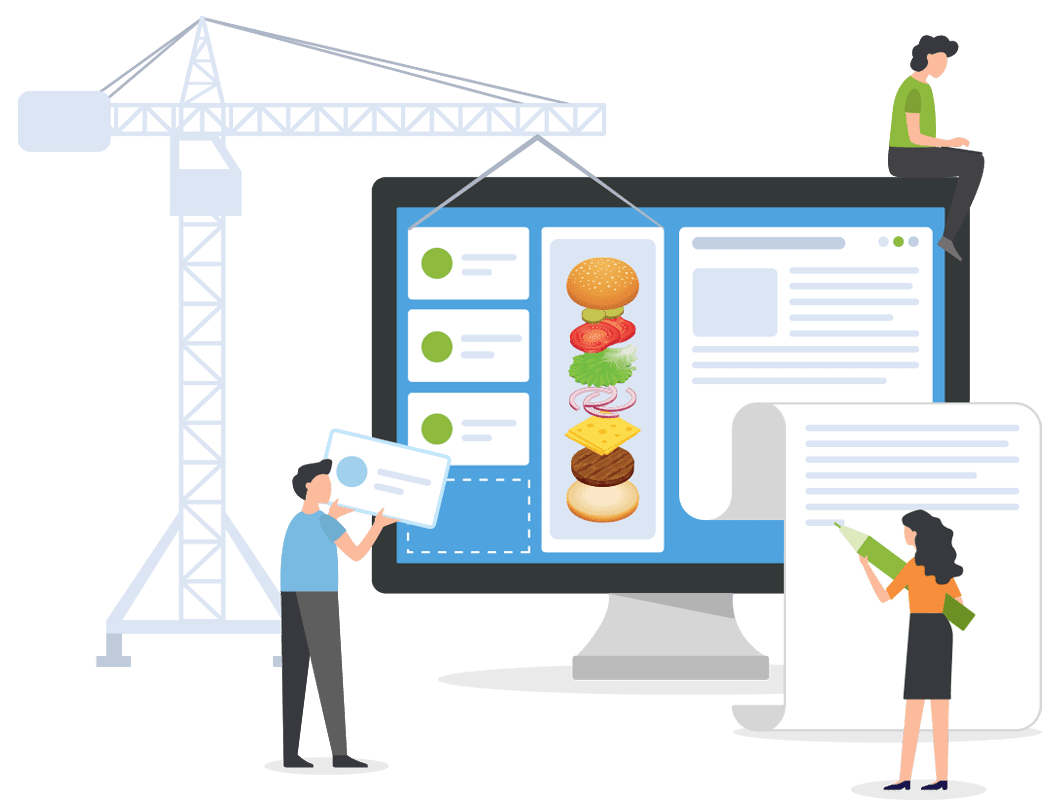
Introduction
Ever since the internet became a presence in people’s everyday lives, savvy business owners and marketers have rightfully recognized the need to build an online presence for their company. Fast forward and it’s no longer enough to just have a website. It’s now critical to design a website that generates measurable, real-life business results.
Unfortunately, we’re still seeing so many websites that:
- Don’t appear high on search engines
- Have outdated designs that are not mobile-friendly and look tacky
- Have zero capability for digital marketing
- Don’t allow for easy edits to content
- Don’t have any viable means to bring in leads or revenue
And we get why. Websites don’t really come cheap, in terms of time or money. The planning process is meticulous, it takes a long time to gather resources to build the site and someone has to be paid for the labor involved.
It’s now critical to design a website that generates measurable, real-life business results.
The Purpose of this Page
We’re writing this guide to give you some broad, foundational knowledge that you can use to take meaningful action whenever the time comes to design a website for your company. Not technical jargon about writing code, but information and vocabulary that is absolutely crucial to your understanding of how your website should function in relation to your business.
Maybe you don’t have a website at all. Maybe you’re considering a redesign of your current site. Or, maybe you’re just kicking around the idea of building a brand new website and stumbled upon this page out of sheer curiosity.
If you were to ask us what you need to know before designing a website, sit back and just let us talk, this is what we’d tell you.
Our ultimate goal is for you to feel comfortable once the time comes to design a new website, whether you choose to attempt it yourself or use a professional web design agency.
Our ultimate goal is for you to feel comfortable once the time comes to design a new website, whether you choose to attempt it yourself or use a professional web design agency.
What is a Website?
We know that you know what a website is. We’re not going to give you the definition of the word “website” because you can find it anywhere on the internet.
Instead, let’s break down ways to think about what a website is within the context of your company and its place in the world.

A Customer Service Tool
First and foremost, your website is not (entirely) for you. It’s for potential customers to learn about your company and easily contact you or make a purchase if they desire to do so.
If your website meets your visitors’ needs, it will meet your needs too, because it will encourage many of them to become customers.

A Salesperson
Take it one step further and think of your website not only as a customer service tool, but as a 24/7 salesperson.
By sparking interest, answering questions and offering clear paths for website visitors to become customers, your website can do as much of the heavy lifting as a real, live salesperson does.
For companies that offer consultations, websites can also work as a lead-qualifying tool. For example, if your site has a “Request a Consultation” form, you can ask important, qualifying information of visitors, such as their goals, budget and more.
A Chance to be Found
Whatever industry you’re in, there are probably dozens (if not hundreds) of other companies offering similar products or services.
This can make it remarkably difficult for potential customers to find your website as they research their numerous purchase options, as the experts at WordStream have pointed out.
A website that appears high in search engine results provides an easy way for people to find you. Plus, it’s free to get indexed on search engines. Consistently high rankings can provide a steady source of revenue at virtually no extra cost.
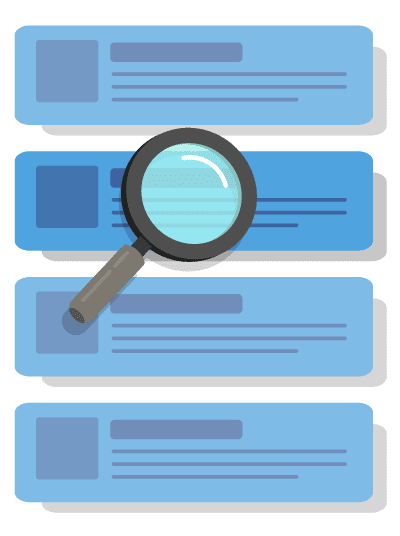
An Investment
Websites aren’t business expenses that you simply must undertake. They’re investments that should generate a positive return over time and eventually pay themselves back (and more).
Think of your website as an investment in a tool that not only saves you time and effort in your digital marketing endeavors.
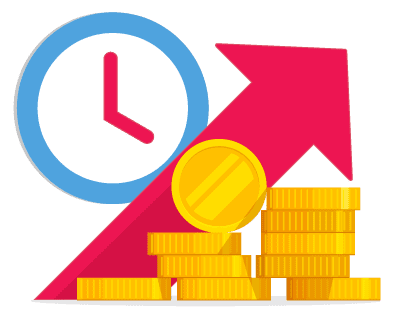
Key Ingredients of a Website that Never Expires
Depending on your business’ industry and goals, the necessary elements of your website will vary.
However, broadly speaking, there are a few things that literally every single website needs, whether it’s for an online retailer, a local accountant or anything in between.
Think of having these features as future-proofing your website so you don’t have to redesign it every two years. Instead, you can adapt to the evolving digital landscape and continue growing.
Search engine optimization (SEO) involves applying a set of proven tactics to your website so it appears towards the top of search results and is easy for people to find.
For prospective customers on the internet, your website is often the first touchpoint they have with your business. It serves as the perfect opportunity to make a positive, memorable first impression that builds trust and establishes your company as credible.
Valuable content is arguably the most important aspect of an entire website, and is developed even before aesthetics. By “content,” we mean the actual stuff on your website:
- Written words
- Images
- Videos
We would define “valuable content” as educational, persuasive and inspirational. It must communicate to your website visitors who you are, what you do and why they should pick you over your competitor down the street.
Content is also one of the major search engine ranking factors. If search engines determine your content is relevant to the searches people are conducting, your website ranks higher.
Smartphones and tablets account for over half of all searches on Google in the United States. Even more shocking is that a staggering 82 percent of smartphone users do some sort of research regarding purchase decisions from their phone.
Like it or not, mobile is here, and it’s here to stay. Your website must provide a valuable experience on any device or you’re missing out on countless opportunities to convert visitors into customers.
Responsive websites are built to automatically adapt to the screen of the device your visitors are using. This is absolutely critical to capitalizing on mobile heavy trends.
In the early stages of the design process, everyone is eager to learn what their website is going to look like, but it’s almost impossible to figure out until we’ve outlined who your target audience is.
Websites are designed for the audience, not for the business owner. Winning the hearts of your target audience is the most important function of design, as it becomes a tool to actually fulfill business goals by gaining new customers.
There’s been no shortage of debate about whether or not smartphones and the internet are killing the human attention span. As it turns out, our attention spans aren’t actually shortening—they’ve always been bad.
The fact remains that your website absolutely must make it incredibly easy for people to find what they’re looking for. If it takes even a few seconds, they’ll bounce right off of your website and head to one of your competitors.
A good website complements and enhances your digital marketing efforts, from social media to pay-per click ads to email. There are plenty of great-looking websites that have absolutely zero potential to drive meaningful business results. Like an exotic car that doesn’t run.

Think of having these features as future-proofing your website so you don’t have to redesign it every two years. Instead, you can adapt to the evolving digital landscape and continue growing.
3 Major Types of Websites
In general, there are three main types of websites. This is where things start to vary depending on your industry and your goals.

Informational Websites
Every website is informational in some capacity, but a truly information website prioritizes the communication of information as the main goal.
It’s ideal for publications or government organizations, and typically needs a strong blogging platform so content can be updated easily.
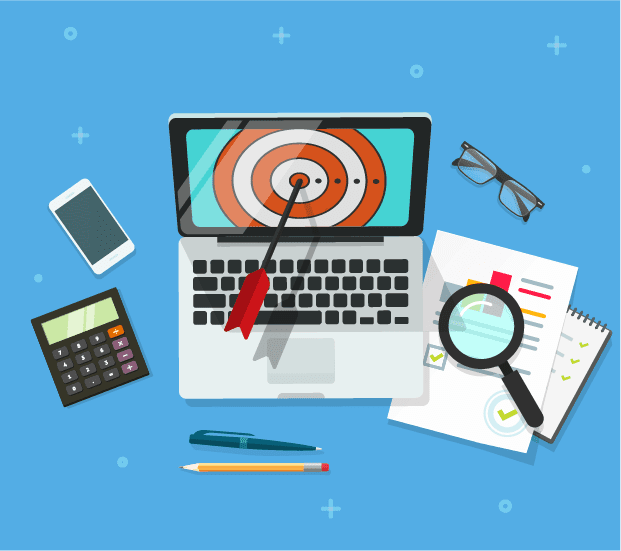
Data/Lead Websites
The primary goal of this website is to encourage visitors to fill out forms with qualifying information, allowing your sales team to follow up with them efficiently.
This type of website is typically used for service-based businesses like accounting firms, insurance companies and construction companies.
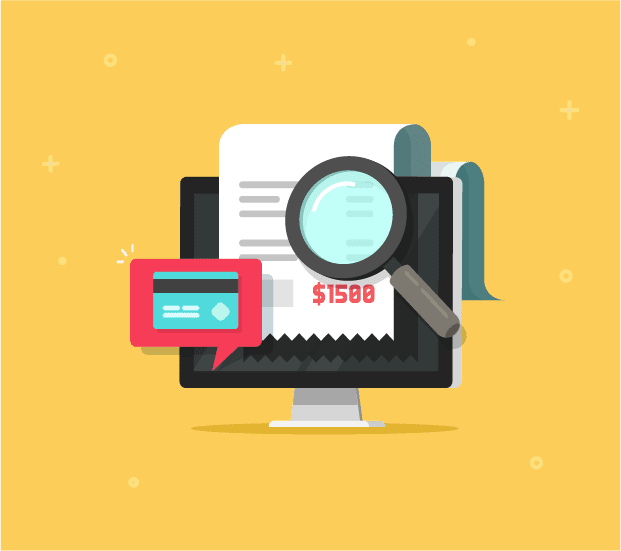
Ecommerce Websites
Ecommerce websites display your products and securely accept and process payments to allow for easy online purchases.
They’re like a digital storefront and require a relatively high amount of maintenance to ensure your website accurately reflects your inventory.
A Brief Walkthrough of the Design Process
Setting Goals
The first step to designing a website is to understand exactly what you want it to achieve. Possible goals include:
Increasing sales
Increasing sales
Building brand authority
Increasing website traffic
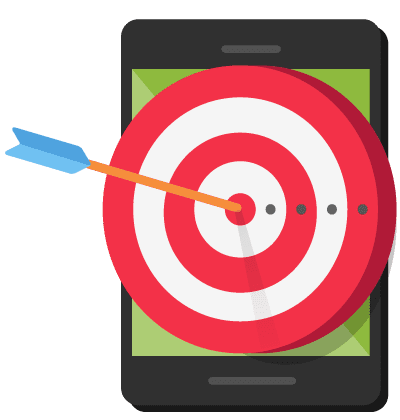
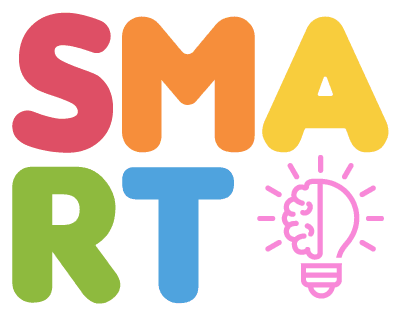
The above goals are vague, but they’re a start. In the words of our friends at HubSpot, make your goals SMART:
Increasing sales
Increasing sales
Building brand authority
Increasing website traffic
Breakdown of Each Phase
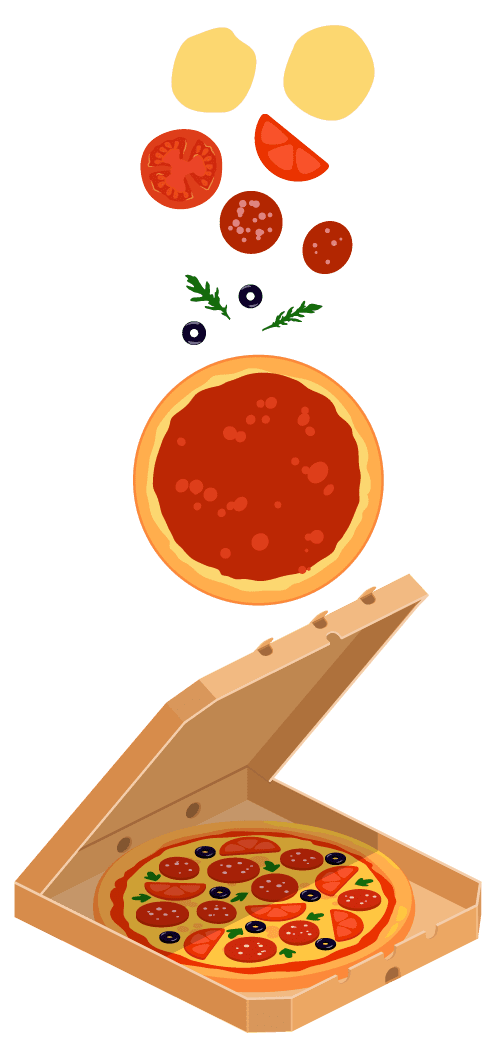
In this stage, you’ll determine exactly which webpages you need. This will most likely consist of one webpage per product or service, an “About” page, a “Contact” page, a homepage (obviously) and possibly even more.
The scope of your website will be directly informed by its goals.
A sitemap is the foundation of your website. It’s a simple, minimalistic document that maps out your webpages and how they’re interconnected.
Again, content is arguably the most important part of your website. Based on the sitemap, you’ll develop written content, including calls-to-action, for each page. It must be audience-oriented and search engine-friendly to generate any meaningful results.
Another reason why content is so important: the rest of your website must be designed around it. The website content should be formatted on each page before it’s actually designed.
These image free content format pages are known as wireframes.
After the content is in place, supporting photos, graphics and animations can be created to accent and enhance it. Creating visuals and then trying to squeeze in content around them simply doesn’t work, because your visuals should support the intent of your content.
Here is where the culmination of all of the previous research and development takes place. Now, your web designer builds the site using all of the content design elements they’ve gathered over the course of the project. This includes photos, graphics, animations, colors and any other visuals.
The wireframes come to life here, and the finished project is what your website actually looks like.
Before launch, every single link, button and design element should be tested to make sure it’s working perfectly. Your website should also be tested across all major internet browsers and screen sizes to ensure it’s 100 percent responsive.
Think of this as polishing up the finished project before launching it for the world to see.
Not done yet! Websites need consistent maintenance to ensure that they’re running optimally. This includes updating SEO tactics, performing speed tests and much more.
- Auditing
- Everything working still
- Re-do testing
Finally, it’s time to launch! Once the site is pushed live, it’s monitored for potential bugs, re-tested for responsiveness and browser issues. Also make sure to properly set up Google Analytics and other tracking information to connect to your marketing channels.
Conclusion
So that’s it. That’s what we’d tell someone who asked us for our full advice on website design. Whether you choose to design it yourself or hire a web design agency, expect to put in the effort. That’s the only way to design a website that generates true results.
Get started now on the first step of the process: goal setting.

